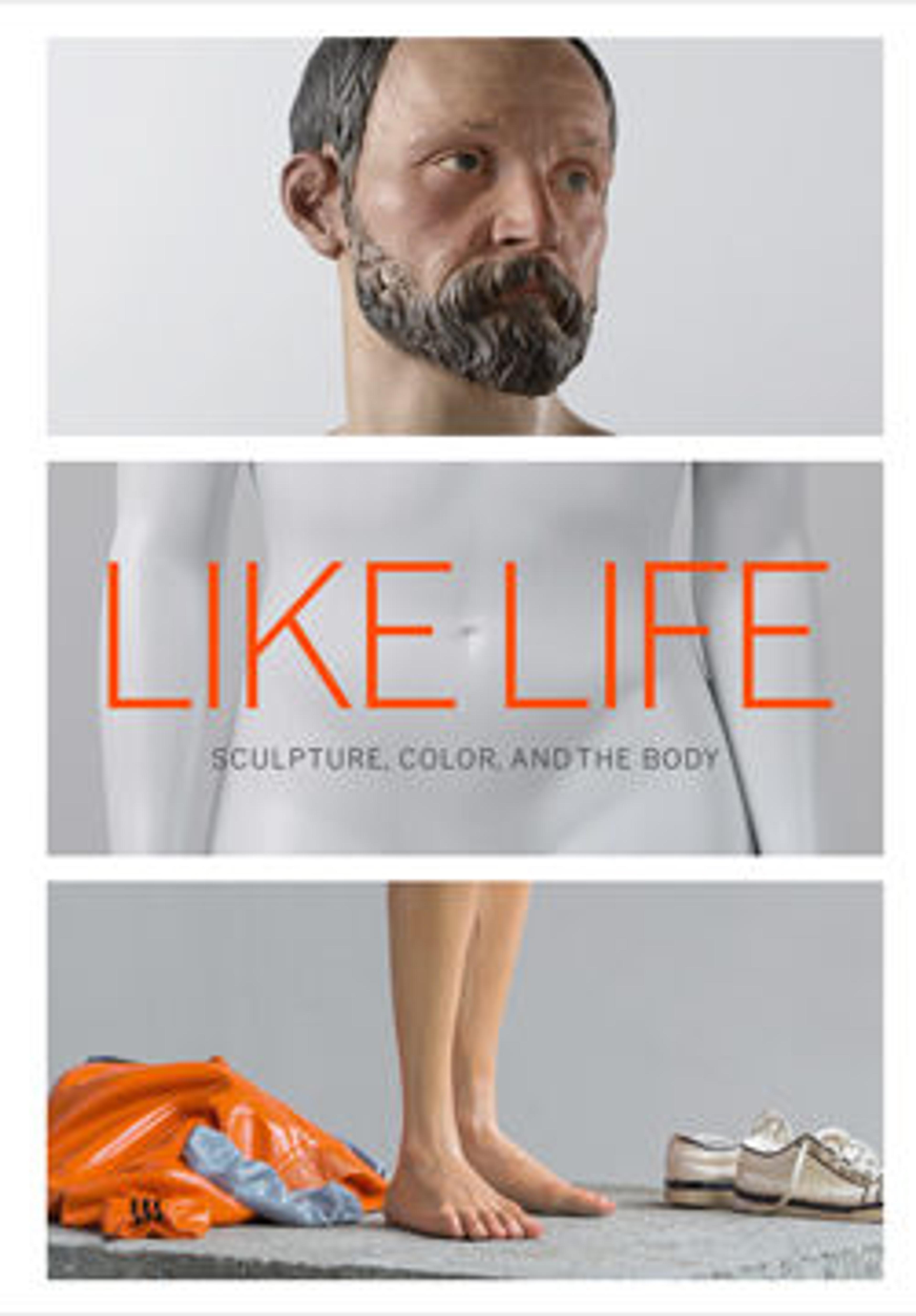Doll in a box
This mid-eighteenth century English fashion doll probably arrived in the American colonies as the plaything for a lucky young girl. Dolls like this served two purposes—as both toys and advertisements of the latest fashion. They were often clothed by dressmakers to show the silhouette of the day, in this case the 1740s, when the style was for a skirt that was wider on the sides than it was in the front and back. The doll’s skirt is pieced from a variety of different narrow panels of silk, perhaps scraps of fabric the dressmaker had around her shop. A real dress from this period would all be of a single luxurious textile. Our doll is completely dressed, with two petticoats under her skirt, and shoes fashioned out of metallic ribbon. Never meant to be undressed like modern day dolls, she still even retains her pearl earrings and watch. Obviously a highly treasured object, soon after she arrived in the New World, someone fashioned a shadow box, its interior painted with trees and parrots, to keep her safe when she wasn’t being played with.
Artwork Details
- Title:Doll in a box
- Date:ca. 1748
- Culture:British (Doll) and American (Box)
- Medium:Doll: Wood, paint, glass, silk, human hairBox: White pine, crown glass, paint, metal
- Dimensions:Box: 25 × 24 × 6 7/8 in. (63.5 × 61 × 17.5 cm)
- Credit Line:Gift of Mrs. Screven Lorillard, 1953
- Object Number:53.179.12a, b
- Curatorial Department: The American Wing
More Artwork
Research Resources
The Met provides unparalleled resources for research and welcomes an international community of students and scholars. The Met's Open Access API is where creators and researchers can connect to the The Met collection. Open Access data and public domain images are available for unrestricted commercial and noncommercial use without permission or fee.
To request images under copyright and other restrictions, please use this Image Request form.
Feedback
We continue to research and examine historical and cultural context for objects in The Met collection. If you have comments or questions about this object record, please contact us using the form below. The Museum looks forward to receiving your comments.
